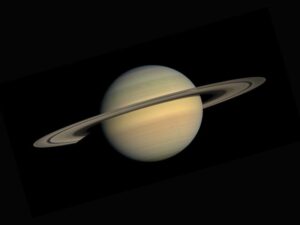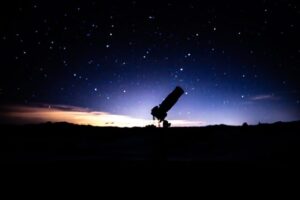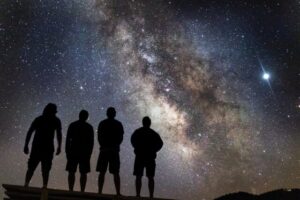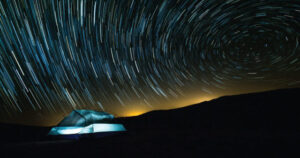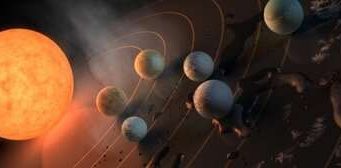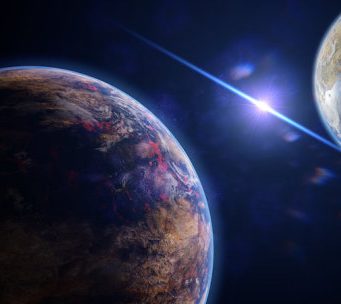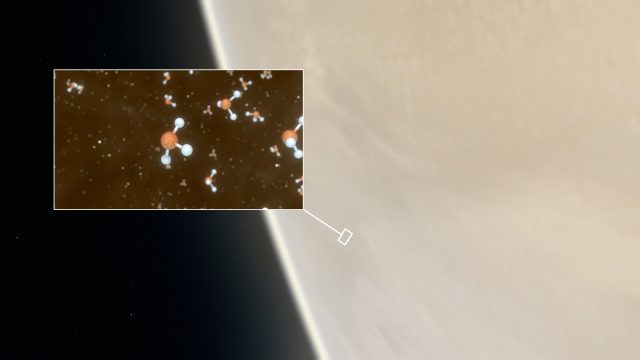Last December, scientists discovered an "active" asteroid within the asteroid belt, sandwiched between the orbits of Mars and Jupiter. The space rock, designated by astronomers as 6478 Gault, appeared to be leaving two trails of dust in its wake—active...
Using observations from the international Cassini spacecraft, scientists have explored the ring-like mounds that wrap around some of the pools found at the poles of Saturn's largest moon, Titan. The study reveals more about how these features formed.
The NASA/ESA/ASI...
Astrophysicists know that iron (chemical symbol: Fe) is one of the most abundant elements in the universe, after lightweight elements such as hydrogen, carbon, and oxygen. Iron is most commonly found in gaseous form in stars such as the...
Data from ESA's XMM-Newton X-ray observatory has revealed how supermassive black holes shape their host galaxies with powerful winds that sweep away interstellar matter.
In a new study, scientists analysed eight years of XMM-Newton observations of the black hole at...
Olympus Mons is the largest volcano on Mars, possibly the largest in the Solar System. It is more than 372.84 miles (600 km) across and towers 16.8 mils (27 km) above the Mars surface level. Credit: Image courtesy of...
An international team of astrophysicists from Southampton, Oxford and South Africa have detected a very hot, dense outflowing wind close to a black hole at least 25,000 light-years from Earth.
Lead researcher Professor Phil Charles from the University of Southampton...
In the center of our galaxy, hundreds of stars closely orbit a supermassive black hole. Most of these stars have large enough orbits that their motion is described by Newtonian gravity and Kepler's laws of motion. But a few...
An international team of astronomers, led by Professor Jane Greaves of Cardiff University, today announced the discovery of a rare molecule—phosphine—in the clouds of Venus. On Earth, this gas is only made industrially, or by microbes that thrive in...
Scientists working with data from the Sloan Digital Sky Surveys' Apache Point Observatory Galactic Evolution Experiment (APOGEE) have discovered a "fossil galaxy" hidden in the depths of our own Milky Way.
This result, published today in Monthly Notices of the Royal...
A second planet has been discovered circling Beta Pictoris, a fledgling star in our own galaxy offering astronomers a rare glimpse of a planetary system in the making, according to a study published Monday.
"We talking about a giant planet...
This young star is breaking out. Like a hatchling pecking through its shell, this particular stellar newborn is forcing its way out into the surrounding Universe.
The golden veil of light cloaks a young stellar object known only as IRAS...



